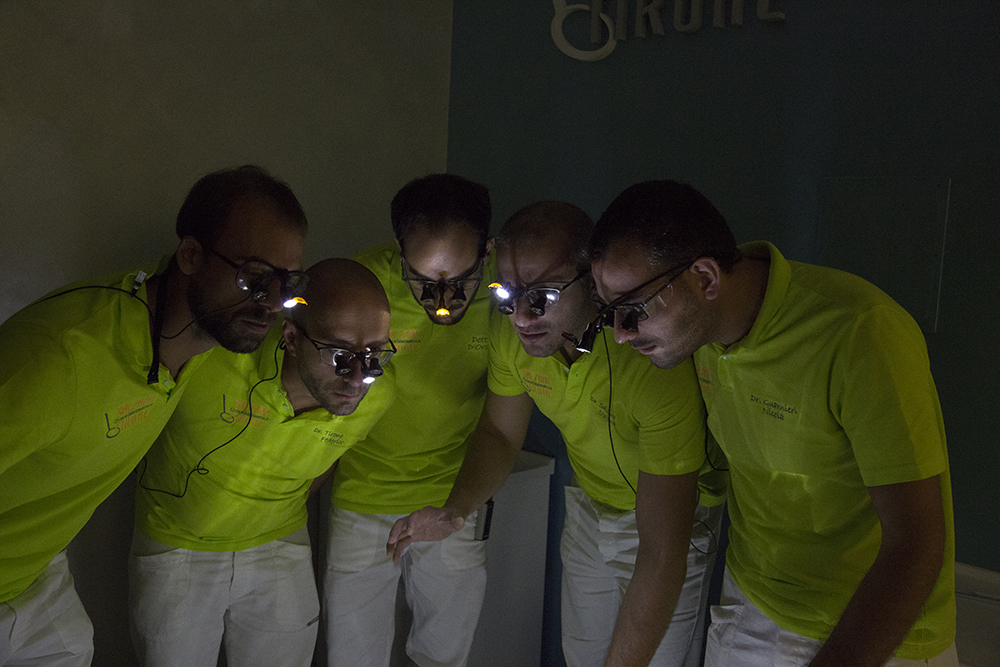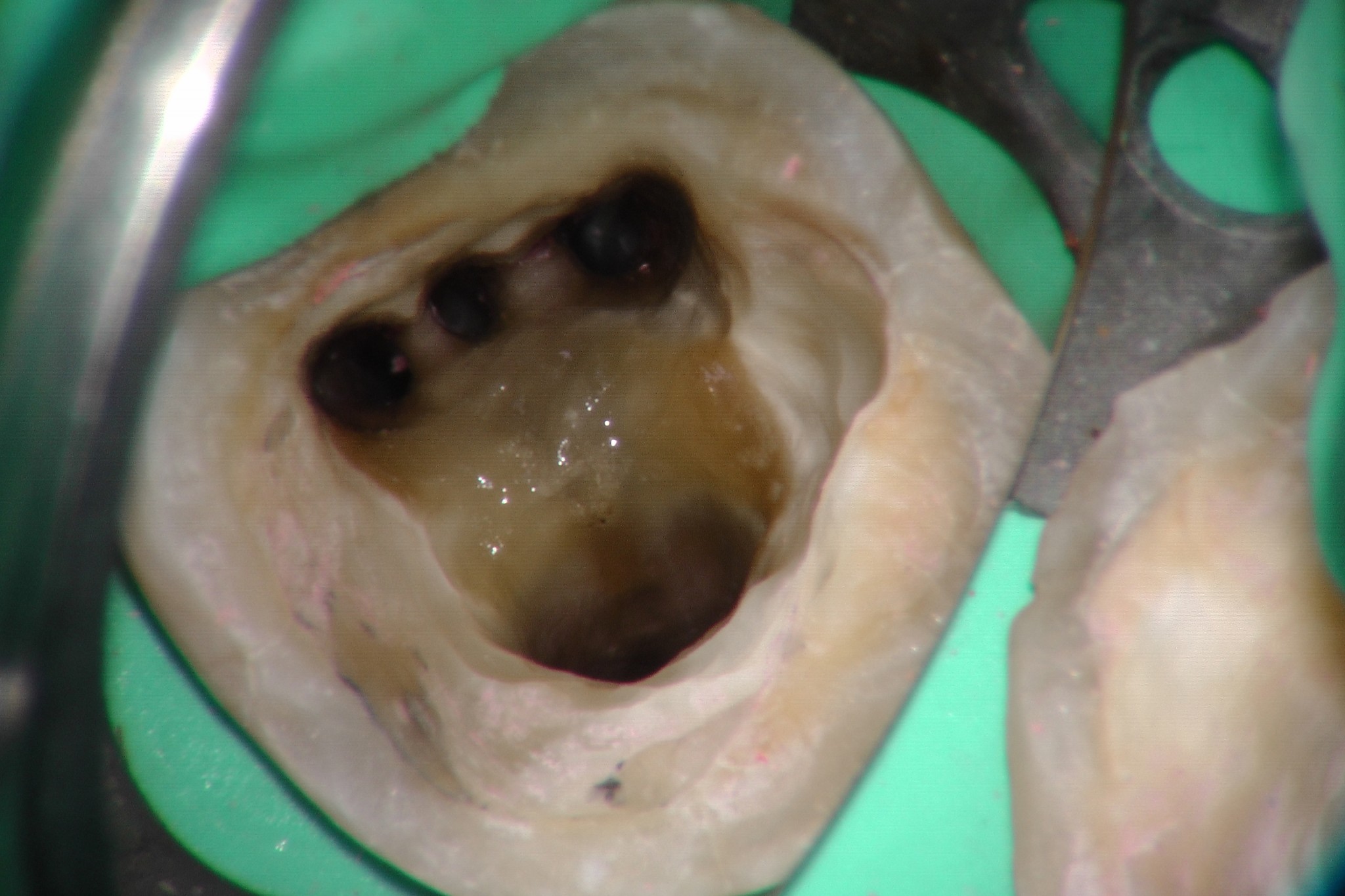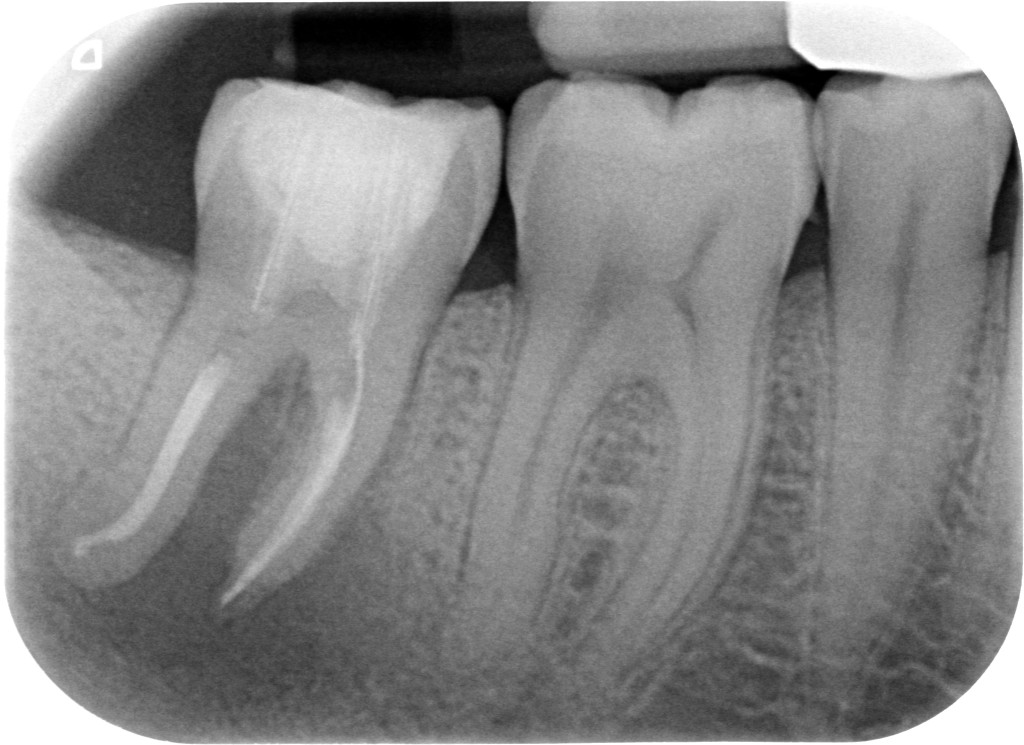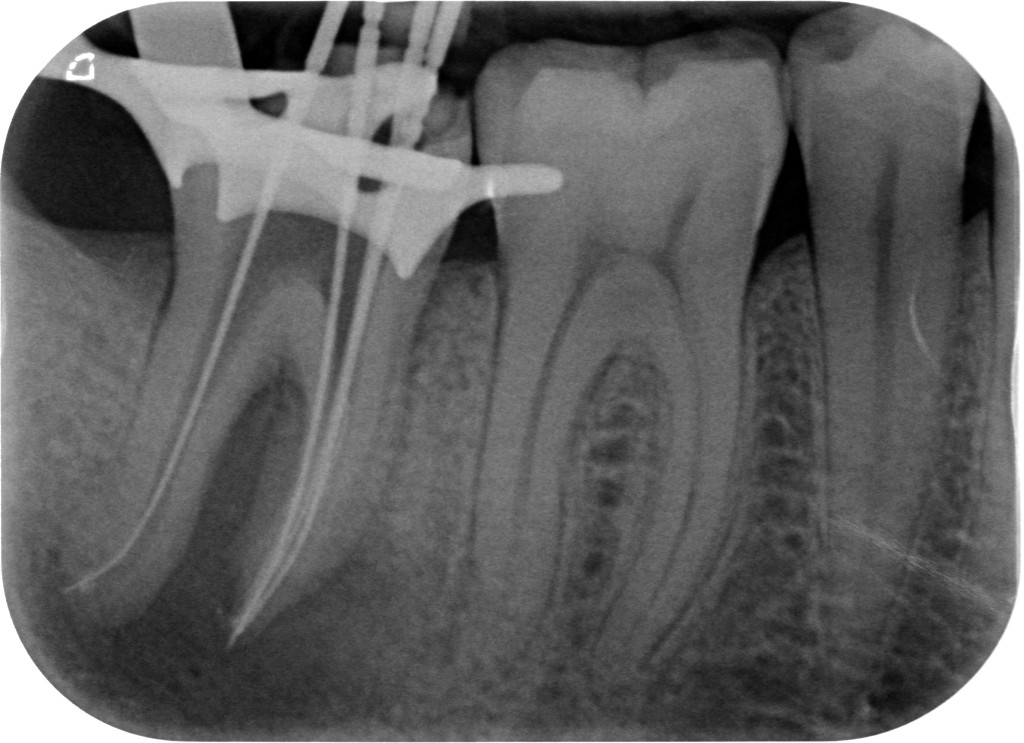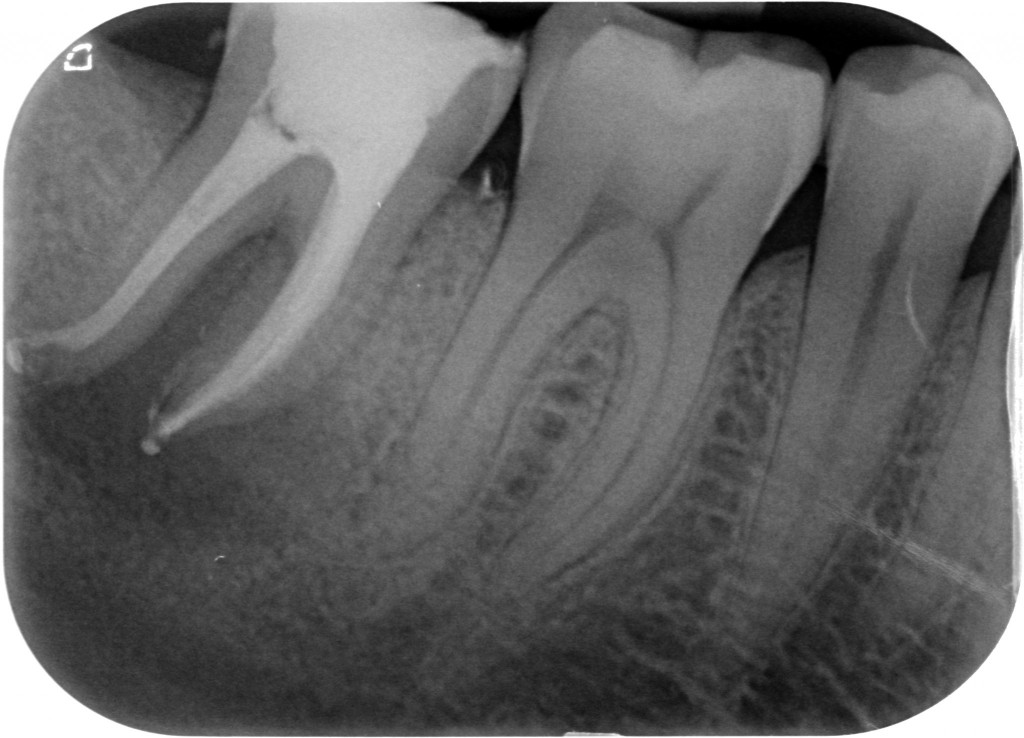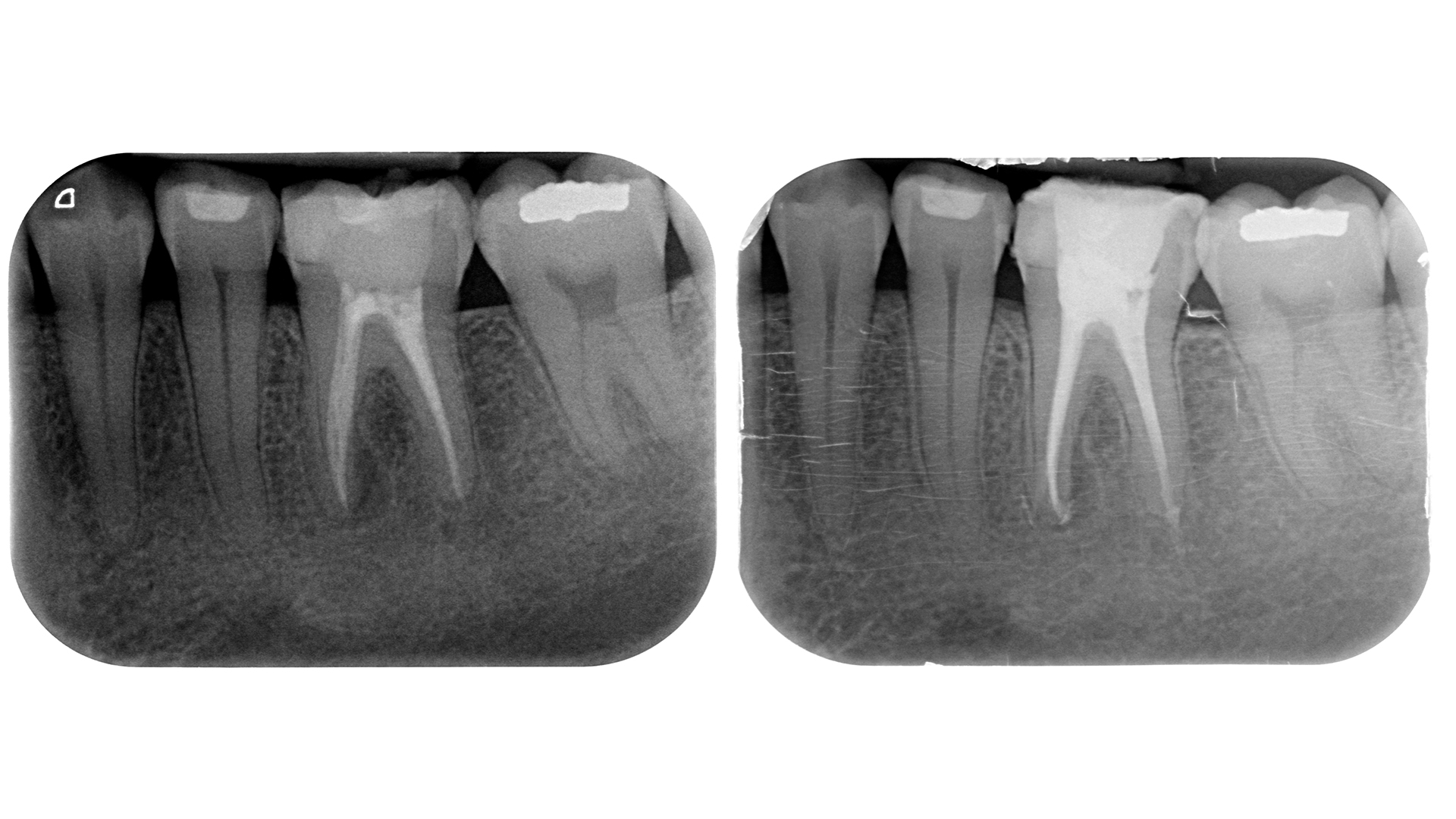February 2015 was a very important day that changed my way of practising endodontics. In fact, I happened to read an article that played a central role in changing my approach to mandibular molars.
As many of you, for me mandibular first molars had 3 or 4 root canals, two mesial and one or two distal ones, while mandibular second molars typically had 3, at times just 2, and I would pay close attention to the possible presence of C-shaped canal.
Despite knowing that molars with 5 root canals exsisted, I contented myself just finding the traditional root canals.
I knew about the existence of a middle-mesial canal, but eventually I never managed to see it, not even with a microscope, maybe because for years I have been working on teeth that had to be retreated, so I wasn’t helped by possible bleedings after the instrumentation of “conventional” root canals.
Middle-mesial canal prevalence varies from 1 to 25%, I would read everywhere.
Then I ran into this paper:
Azim AA ET AL. – J Endod. 2015 Feb
Azim & Co. had found the middle mesial canal in 42 cases out of 91 molars! Moreover, 21 of those were second molars!
????????
How could they do that? They dug 2 mm deep into the isthmus between the mesio vestibular and the mesio lingual canal with a little diamond bur 1 mm wide on the head. In doing so, they managed to expand their total retrievals from 6 cases (all of them first molars) to 42 cases, 21 of which were second molars!
Incredible!
The day after, as soon as I stumbled upon a mandibular sixth, I immediately tried and insert a Mtwo in the isthmus between the two MV and ML canals and….BANG! The instrument engaged immediately!!!!
????????
Since then, on 48 first molars I’ve found the middle mesial root canal 24 times in 17 months! A 50% success percentage!!!
And I am considering here just first molars, while I manage to find the middle-medial canal even in mandibular second molars, as you can see below.
Usually, since purple Mtwo is a phenomenal instrument to retrieve and probe tight or calcified root canals all at once, I try to insert this instrument in the isthmus between the MV and ML canals several times, after shaping them. If I don’t feel any engagement, I go 2 mm deeper between MV and ML root canals with a Start-X 3 or, more often, with a small diamond bur 0,8 mm wide on the head and that’s it.
If I can’t find anything, after these two maneuvers, I just give up.
Realizing that the middle-mesial canal must be searched and it is often right there helps me solve this kind of cases, which I observe fairly frequently. Mesial canals of mandibular first molar apparently well obturated but having a lesion. My associate, who mostly deals with surgery, kept telling me that it might have been a cleansing issue, but I have never believed this. If a canal looks well filled from the X-rays but presents a lesion, it’s either vertically fractured or lacks a root canal.
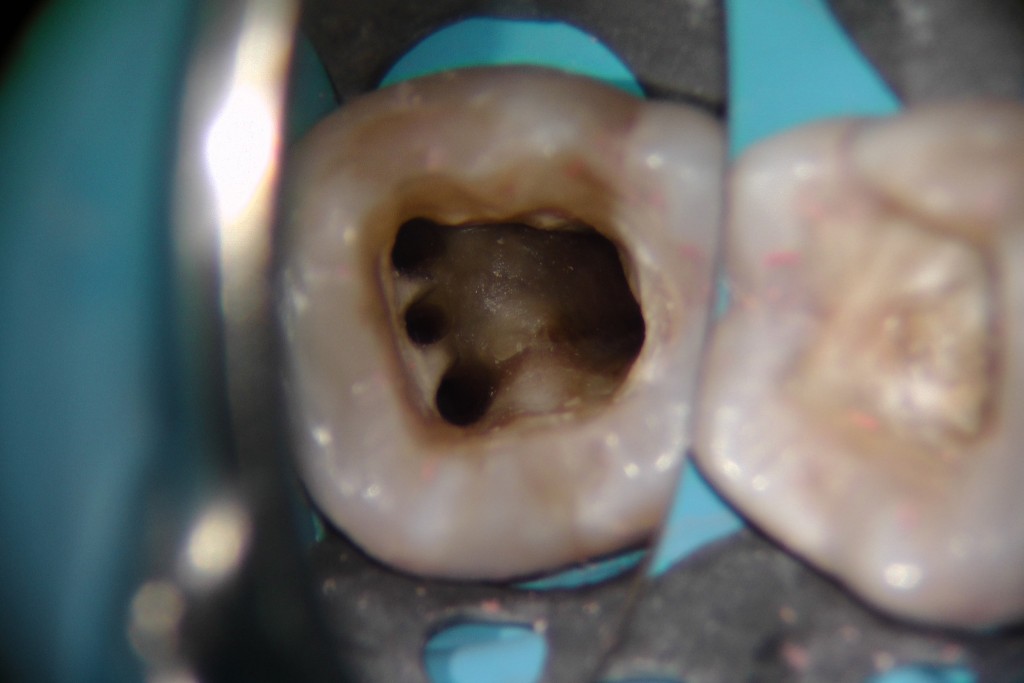 In these events, I immediately inform the patient, and as soon as I have cleaned the chamber I immediately start looking for the missing root canal right away. It’s almost always there.
In these events, I immediately inform the patient, and as soon as I have cleaned the chamber I immediately start looking for the missing root canal right away. It’s almost always there.
Below, I’ll show you how to find the middle-mesial canal.
I hope that starting tomorrow you’ll change the way you consider mandibular molars too.
In other future posts, I’ll tell you how I have dramatically increased the number of root canals found also in other teeth, in endodontics. Keep following us!
Stefano

